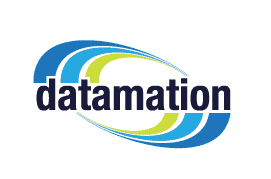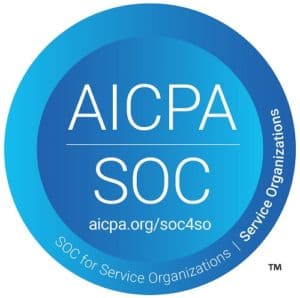This post is part of The Datamation Guide to Managing School District Records.
Natural disasters are a part of life. And while they can’t be prevented, they really need to be planned for. When your district undergoes a fire, flood, or earthquake, you may lose vital records for both students and employees. Losing student records can have detrimental effects on the students continued education.
By digitizing all student and staff records, your district can focus on what is most important—making sure that education is not delayed.
The destruction of a student’s paper records can exacerbate the other effects of a devastating natural disaster. In addition to the disruption of friendships, mentorships, and plans, the students family may have suffered personal and financial losses.
When records are destroyed but the student has to resume school, it’s possible that he or she has to retake exams, or redo class assignments. Worse still, if the student uses special services, those services may be delayed or even stopped until the district completely recovers. So when you put all of this together, it creates an environment that just isn’t conducive to productive learning, and the ultimate goal of disaster recovery should be to help your students continue their education without a misstep.
Because you can’t prevent natural disasters from happening, the best thing that you can do for your district now is to plan ahead. Always have an emergency preparation plan!
To prepare an emergency plan, you should:
1) Assess the possible hazards that your district may face. If you’re in an area that is susceptible to flooding and earthquakes, prepare for flooding and earthquakes specifically, but also be sure to be prepared for the unexpected.
2) Plan for how to reduce those risks. Again, while you can’t prevent them, the effect can be reduced by safety planning.
3) Test your plan. By putting those plans and practiced skills into action, you can see if that plan is effective and well-thought out.
4) Revise your plan based on the test. If you found areas of weakness or areas where the plan is not totally airtight, fix them and keep testing until it is.
A huge part of this planning is making sure that student records are as secure as possible, and the best way to do it is to scan and store them digitally.
When you scan with Datamation, not only can all of the records be scanned quickly and efficiently, but they can also be placed into a document management system that allows you to access any record with just a few clicks, and can place any record into a workflow.
When it comes to disaster recovery, scanning student and staff records means that each and every record will be impervious to physical damage, virtually eliminating the need to recover records. This allows your students to continue their education seamlessly—one less thing on their plates when disaster affects their lives in so many other ways.


